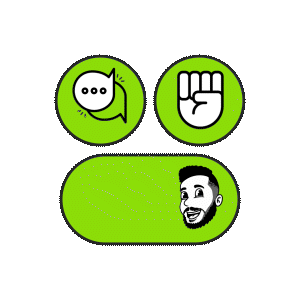In recent years, the integration of artificial intelligence (AI) has transformed the landscape of design, empowering creatives with innovative tools and capabilities that enhance efficiency, creativity, and productivity. From streamlining repetitive tasks to unlocking new avenues for creativity, AI has become an indispensable ally for designers across various disciplines. Let’s delve into how AI is revolutionizing the design process and why it’s a game-changer for creatives.
1. Streamlining Workflow with Automation
– Automated Tasks:
AI-powered tools automate repetitive tasks such as image editing, resizing, and color adjustments, freeing up designers to focus on more creative endeavors.
– Batch Processing:
By harnessing AI algorithms, designers can streamline batch processing of large datasets, accelerating workflows and increasing productivity.
2. Enhancing Creativity with Intelligent Tools
– Generative Design:
AI enables generative design techniques, where algorithms explore countless design variations based on predefined parameters, sparking creative inspiration and ideation.
– Style Transfer:
With AI-driven style transfer algorithms, designers can apply artistic styles from one image to another, unlocking new possibilities for creative expression and experimentation.
3. Personalizing User Experiences
– Predictive Analytics:
AI analyzes user data and behavior to predict preferences and trends, enabling designers to create personalized user experiences tailored to individual needs and preferences.
– Dynamic Content Creation:
AI-powered content generation tools dynamically adapt content based on user interactions, delivering personalized and engaging experiences across digital platforms.
4. Improving Design Accessibility and Inclusivity
– Accessibility Features:
AI-driven accessibility tools help designers create inclusive designs by automatically detecting and addressing accessibility issues such as color contrast and text readability.
– Language Translation:
AI-powered translation tools facilitate multilingual design projects, breaking down language barriers and reaching a global audience with ease.
5. Advancing Design Intelligence and Insights
– Data-driven Design Decisions:
AI analyzes vast amounts of data to provide actionable insights and recommendations, empowering designers to make informed decisions based on user behavior and market trends.
– Design Validation:
AI-driven design validation tools identify potential design flaws and usability issues early in the design process, ensuring a seamless and intuitive user experience.
Conclusion
As AI continues to evolve and integrate into the design ecosystem, its impact on the creative process is undeniable. By harnessing the power of AI-driven tools and technologies, designers can unlock new levels of efficiency, creativity, and innovation, ultimately shaping the future of design in profound and transformative ways. Embracing AI as a collaborative partner, designers can elevate their craft, deliver exceptional user experiences, and thrive in an ever-evolving digital landscape.


